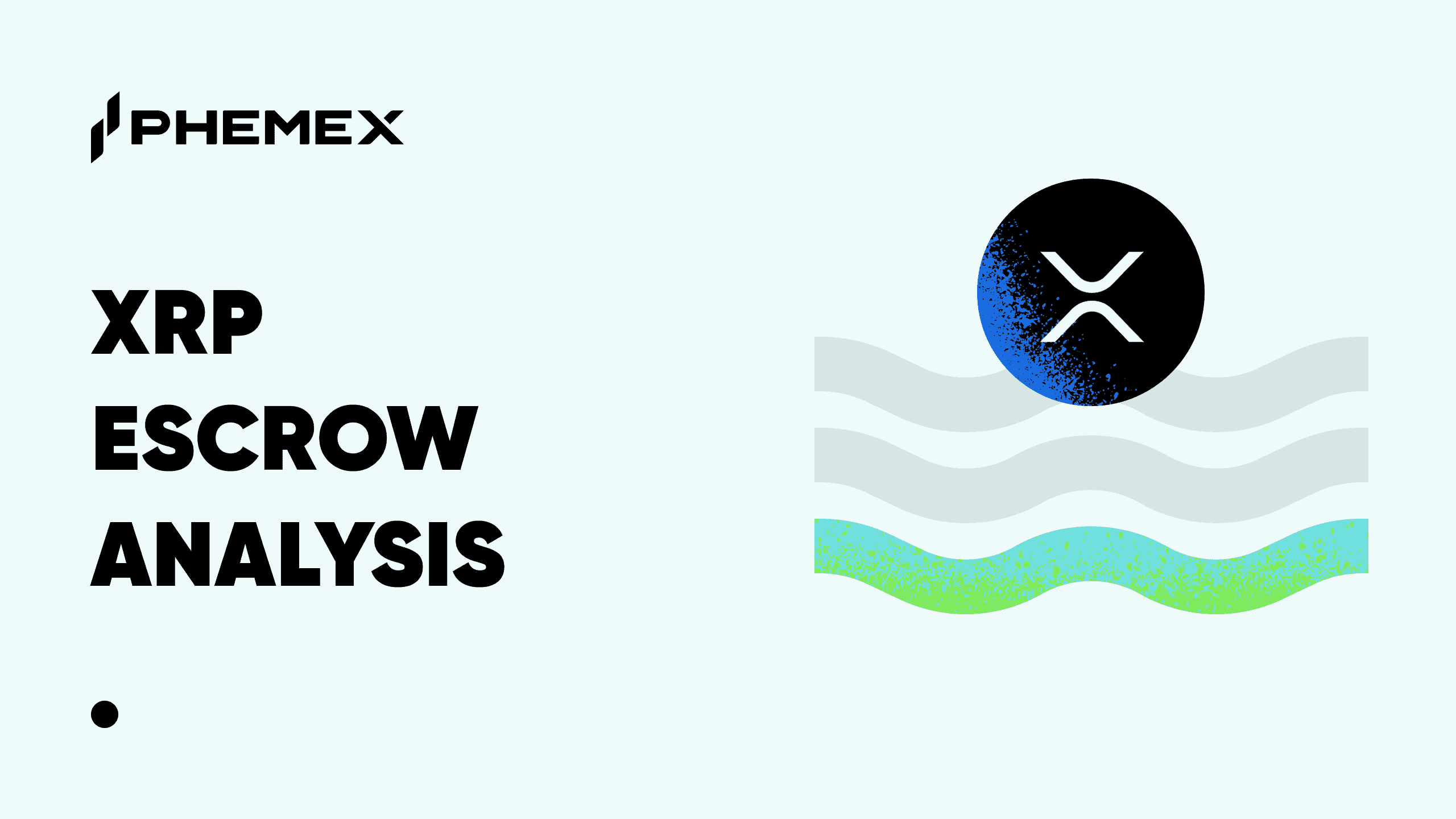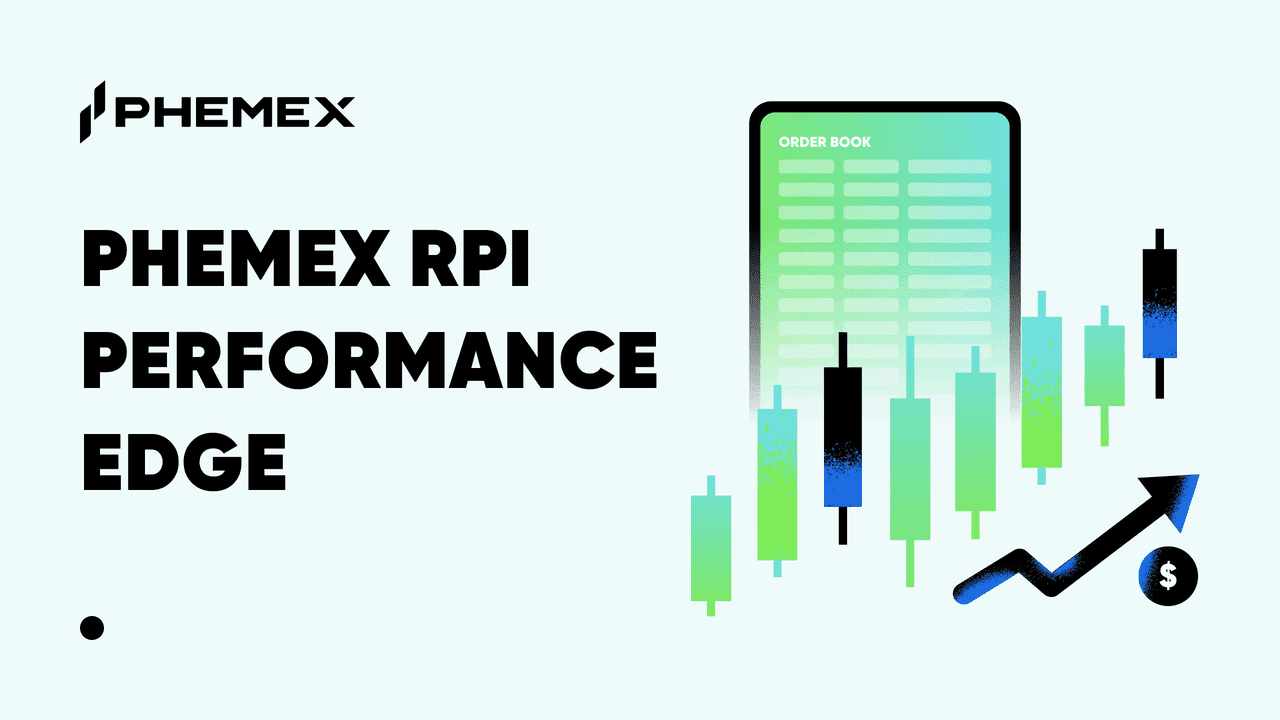Summary
- APR (Annual Percentage Rate) is a “simple” interest rate that shows how much interest on the principal you’ll annually receive as an investor/lender or pay as a borrower.
- APY (Annual Percentage Yield) factors in compound interest, where you earn (or pay) interest on the principal + its interest.
- Through DeFi platforms, you can participate in staking and yield farming to earn interest returns; all things being equal, a 6% APY gives better returns than a 6% APR.

What Is APR in Crypto?
The first step to understanding the difference between APR vs. APY is to start with the most basic interest metric—APR (Annual Percentage Rate). This indicates what return you’ll receive as an investor/lender after one year with so-called “simple” interest.
If you’re on the other side of the coin—a borrower, the interest rate refers to how much more you’ll have to pay back when paying off a loan.
Why Is APR Important?
It’s important to be familiar with APR because this is a fundamental metric you’ll come across in passive income crypto opportunities. It will also be a key metric to check if you are interested in taking out crypto loans.
You also need to understand what APR means to compare the APR and APY rates for a particular asset. This is because the two rates are not directly comparable. However, as we’ll see in a moment, there is an easy way to level the playing field without complex arithmetics.
How Is APR Calculated?
Calculating how much you’ll get back using APR couldn’t be easier. The basic way to use APR is as follows:
APR = P x T
- P = periodic rate
- T = investment period
APR example:
If, say, you want to invest 10 Bitcoins (BTC), at an APR of 6%, after 1 year, you’ll have BTC 10.6.
P = 6 (%) x T = 1 (year) = 6%
If the APR is given as a monthly percentage, say 0.5%, then you’ll get the same result:
P = 0.5 (%) x T = 12 (months) = 6%.
However, note that this is the most basic way to calculate APR, which might not apply to your case. This is because it doesn’t consider investment/loan-related fees and taxes. When we take them into the equation, the formula looks this way:
APR = {[(Fees + Interest/Principal)/number of term days] x period} x 100

What Is APY in Crypto?
APY (Annual Percentage Yield) takes APR a (big) step ahead because it is the real rate of return on an investment which takes into account the effect of compounding interest.
Albert Einstein is credited with the following saying about it:
“Compound interest is the 8th wonder of the world. He who understands it, earns it; he who doesn’t, pays it.”
What distinguishes compound interest from simple interest is that with APY, the investor receives interest on the interest, not just on the principal sum.
With crypto, this compounding may happen as often as each day. This means you’ll receive interest on your interest every 24 hours.
For example, taking compounding into account, the 6% from the examples above converts to an APY of:
- 6.09% – semi-annual compounding
- 6.14% – quarterly compounding
- 6.17% – monthly compounding
- 6.18% – weekly compounding
- 6.18% – daily compounding
As we can see,, daily compounding pays back the most at the same interest rate. This might already answer the APR vs. APY dilemma but let’s dig a little deeper.
How Is APY Calculated?
Don’t let the term “compound interest” fool you that calculating it requires a doctorate in advanced mathematics. Of course, there are online calculators that will do the math for you with a few clicks, but let’s see how APY is calculated anyway.
Since compound interest takes into account the accumulation of funds, its formula looks like this:
APY = (1 + r/n)n – 1
- r = rate of interest for the period at hand (a.k.a. periodic rate) expressed as a decimal (the percentage divided by 100)
- n = amount of compounding periods
APY example:
Let’s apply the numbers from the APR example to APY with monthly compounding.
So, you invest BTC 10 with an APY of 6%. As per the formula, we get the following:
APY = (1 + 0.06/12)12 – 1 = 0.062 (6.2% or BTC 0.62)

Difference Between APR and APY in DeFi
APR vs. APY Staking
Crypto staking is a passive crypto investment tool that allows you to make money from owning cryptocurrency. With it, you lend out your tokens, effectively “locking” them in order to facilitate blockchain consensus mechanisms, and receive interest in return.
This is the basis of the consensus mechanism known as Proof-of-Stake, which is the go-to approach in the DeFi world.
Some DeFi crypto platforms offer even daily interest payouts.
APR vs. APY Yield Farming
Yield farming is another passive crypto investment tool. As with staking, you put your crypto to work in order to earn interest.
In yield farming, you provide your tokens to a liquidity pool via a dApp or decentralized application. The whole idea is that, in this way, you provide liquidity to the respective crypto platform, for which you receive some kind of reward.
Yield farming is different from staking, though.
- For starters, yield farming is more suitable for more experienced investors as it is riskier.
- It’s also a shorter-term investment.
Note that in most instances, your interest will be paid back in crypto. This means that how much money (in fiat currency) you can make from crypto staking or yield farming depends on the value of the respective crypto asset. If it drops significantly, you may even lose money.
What’s the difference among the various passive income DeFi tools? Read Yield Farming vs. Staking vs. Liquidity Mining
APR vs. APY: Which Is Better?
From what we’ve seen so far, it’s clear that APY offers a more favorable return than APR…at least if you’re an investor or lender. Of course, getting interest on the interest will make you more money than if the interest was only charged on the principal. Your investment will also grow faster.
On the other hand, APR is preferable if you are a borrower, as you’ll pay a lower interest rate.
APR to APY
When investing or borrowing crypto, you may see either of the two metrics being used depending on the product or platform. For example, let’s say you’re interested in staking ETH. You see that Phemex is offering a rate of 18.8% APY. But another exchange is offering a staking rate of 17% APR. Which one gives a better rate?

Just use an online APR to APY conversion tool, like the below, to save yourself another calculation. That way, you’ll see whether, for example, one investment opportunity with a given APR is more profitable or not than another that pays out in APY.

Source: www.aprtoapy.com
Another thing to look for when comparing different options is the compounding period. To repeat, daily compounding pays back the most at the same interest rate.
Conclusion
APR and APY are two terms you’ll often come across in the financial world. These rates are used for investments, loans, credit cards, and other financial instruments. Their use in the crypto industry is very similar and popular, given the growing supply of DeFi products for passive crypto investments. Best of all, online tools available will do the math for you. So, don’t worry about APR and APY formulas or converting them by hand—just let the computer do it for you.
Read More
- APY (Annual Percentage Yield): How does APY work in Crypto?
- What is Rate of Return (RoR): How To Use It In Crypto Trading
- Crypto ROI: How to Calculate Return on Investment (ROI) for Crypto?
- What Is DeFi: How To Be Your Own Bank With $100
- Yield Farming: Is It Still Worth Doing In 2022?
- What is Crypto Lending?
- What is Aave: A Top DeFi Lending Platform
- What is a Cryptocurrency Savings Account & How does it Work?










